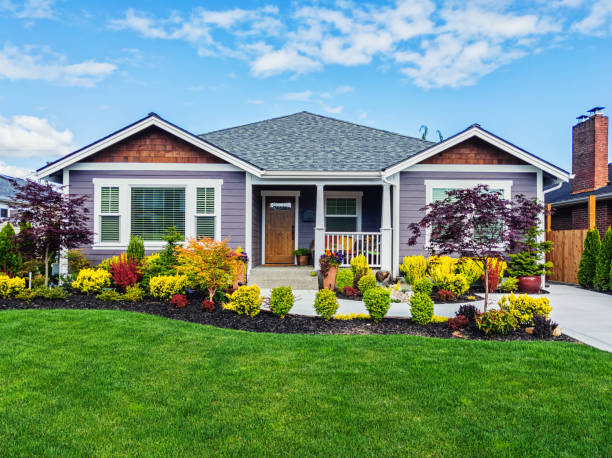Biophilic design is an innovative approach to interior design and architecture that seeks to reconnect people with nature. By incorporating natural elements into built environments, biophilic design aims to improve well-being, productivity, and overall quality of life.
The Concept of Biophilia
The term “biophilia” was coined by psychologist Erich Fromm in 1964, referring to the innate human tendency to seek connections with nature and other forms of life. Biophilic design is based on this concept, aiming to create spaces that satisfy our inherent need for nature.
Key Elements of Biophilic Design
- Natural Light: Maximizing natural light in interior spaces can improve mood, productivity, and overall well-being. Skylights, large windows, and light wells are common strategies for incorporating natural light.
- Plants and Greenery: Incorporating plants into interior design can help purify the air, reduce stress, and create a more inviting atmosphere. Living walls, potted plants, and vertical gardens are popular biophilic design elements.
- Natural Materials: Using materials like wood, stone, and rattan can bring warmth, texture, and a sense of nature into interior spaces.
- Water Features: Incorporating water elements, such as fountains or aquariums, can create a calming and soothing environment.
- Natural Shapes and Patterns: Incorporating organic shapes and patterns inspired by nature can create a more visually appealing and harmonious space.
- Views of Nature: Whenever possible, designing spaces with views of nature, such as gardens, parks, or trees, can help strengthen the connection between people and the natural world.
Benefits of Biophilic Design
Biophilic design has been shown to have numerous benefits for both individuals and communities, including:
- Improved mental health and well-being
- Increased productivity and creativity
- Enhanced physical health, such as reduced stress and improved air quality
- Greater sense of community and connection to nature
- Increased property values and marketability
Implementing Biophilic Design
To incorporate biophilic design into your interior spaces, consider the following tips:
- Start with a natural light source, such as a skylight or large window.
- Add plants and greenery, choosing species that thrive in your specific environment.
- Incorporate natural materials, such as wood or stone, into your design.
- Consider adding a water feature, such as a fountain or aquarium.
- Use natural shapes and patterns in your design elements, such as organic furniture or wall art.
- Whenever possible, design spaces with views of nature.
By embracing biophilic design, you can create interior spaces that not only look beautiful but also promote well-being, productivity, and a deeper connection to nature.

